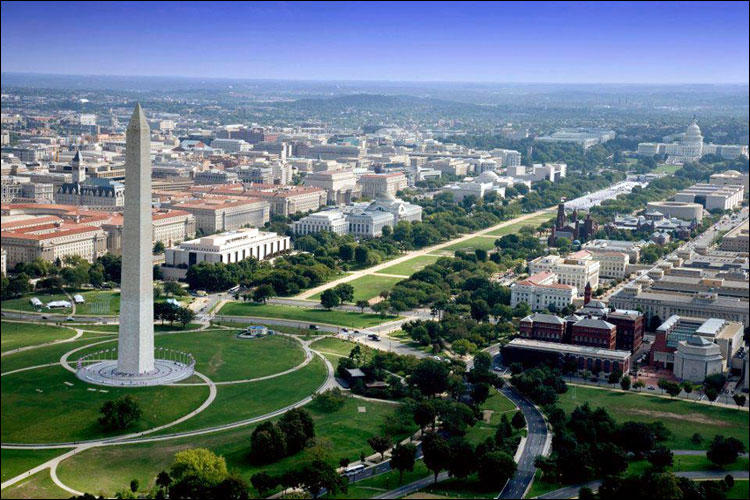New orders for key U.S.-made capital goods unexpectedly fell in December amid declining demand for machinery and primary metals, pointing to a further slowdown in business spending on equipment that could crimp economic growth, Trend reports referring to Reuters.
The Commerce Department said on Thursday orders for non-defense capital goods excluding aircraft, a closely watched proxy for business spending plans, dropped 0.7 percent. Data for November was revised down to show these so-called core capital goods orders falling 1.0 percent instead of declining 0.6 percent as previously reported.
Economists polled by Reuters had forecast core capital goods orders rising 0.2 percent in December. Core capital goods orders increased 6.1 percent on a year-on-year basis.
Shipments of core capital goods rose 0.5 percent in December after an unrevised 0.2 percent drop in the prior month. Core capital goods shipments are used to calculate equipment spending in the government’s gross domestic product measurement.
While the rebound in core capital goods shipments suggests moderate growth in business spending on equipment in the fourth quarter, the surprise drop in orders points to weakness in the months ahead.
The December report was delayed by a 35-day partial shutdown of the federal government that ended on Jan. 25. The Commerce Department said the “processing and data quality were monitored throughout, and response and coverage rates were at or above normal levels for this release.”
The mixed report came on the heels of data last week showing a steep decline in retail sales in December, which prompted economists to slash their GDP growth estimates for the fourth quarter by as much as 1.2 percentage points to a 1.5 percent annualized rate. The economy grew at a 3.4 percent pace in the third quarter.
The slowdown in business spending has been acknowledged by the Federal Reserve, which has attributed it to an uncertain economic outlook amid slowing global growth, trade tensions, fading fiscal stimulus and the government shutdown.
The U.S. central bank in minutes of its Jan. 29-30 policy meeting published on Wednesday said “manufacturing contacts in a number of Districts indicated that such factors were causing them to delay or defer capital expenditures.”
Business spending on equipment has been slowing since the second quarter of 2018, despite the White House’s $1.5 trillion tax cut. Some companies including Apple used their tax windfall to buy back shares on a massive scale. A survey last month showed lower taxes had not caused companies to change hiring or investment plans.
In December, orders for machinery fell 0.4 percent. Primary metals orders dropped 0.9 percent. There were also decreases in orders for electrical equipment, appliances and components. Orders for computers and electronic products were unchanged.
Overall orders for durable goods, items ranging from toasters to aircraft that are meant to last three years or more, increased 1.2 percent in December. That reflected a 3.3 percent rise in demand for transportation equipment.
Durable goods orders gained 1.0 percent in November.
Orders for motor vehicles and parts rose 2.1 percent in December. Orders for defense aircraft fell 30.5 percent and bookings for civilian aircraft surged 28.4 percent. Boeing reported on its website that it had received 218 aircraft orders in December, a more than fourfold jump from the 51 in November.






